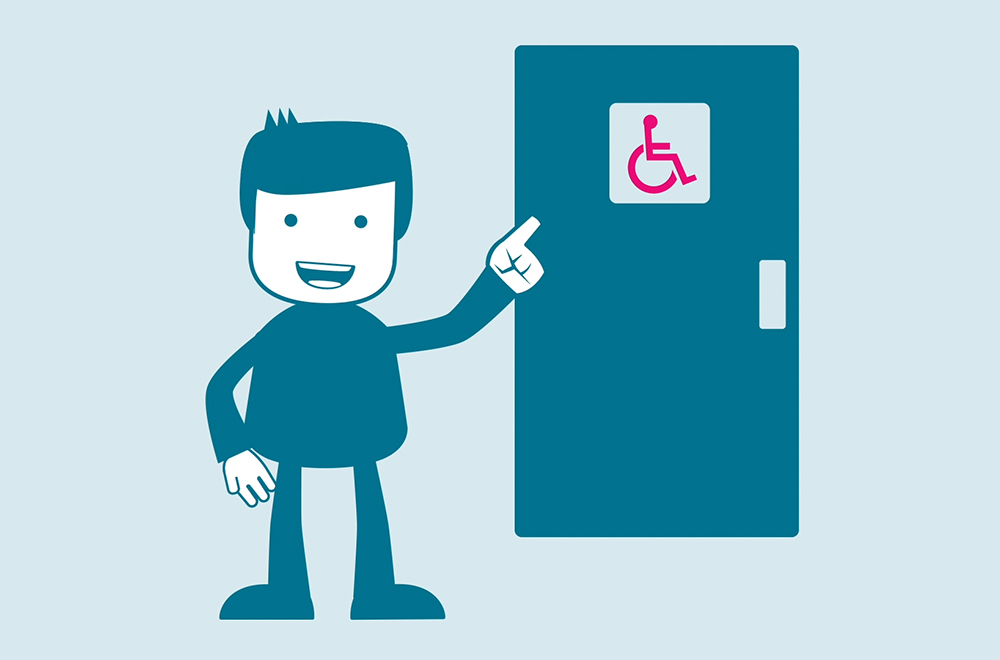A new animated video, The A – Z of Disability Etiquette, has been launched and is now available across all social media channels. The short video offers suggestions on correct language and actions that can be adopted to help support and advocate for people with disabilities.
Independence Australia has released the video as part of an ongoing effort to build a library of educational resources which provide a broader understanding of the experiences of people living with a disability. It was produced off the back of their informative infographic, launched in 2013, voiced by SpinChat Australia speaker, Joel de Munk. The original version has been viewed more than 1000 times.
Learning good disability etiquette is an important step towards creating change and progression for a better and equal society for all, de Munk said.
“The way that society interact and communicate with people like me who live with a disability, has progressed a long way forward. Together as a community, we are starting to smash old stereotypes and change the way that people think about disability, but there are still some uncertainties around what is perceived as socially appropriate.” he said.
This new video has taken pointers from disability advocates, people living with a disability and employees of Independence Australia, to collate the most important and up-to-date advice for good disability etiquette.
Independence Australia employee Louis Rowe spoke from his own perspective: “Although I use a wheelchair, I don’t think of myself as ‘disabled’. It’s generally the broader society that make that assumption for me and that’s through no fault of their own. It’s built through a lifetime of programmed perceptions. Resources like this can help change that programming and over time this will help society change their perceptions not to view people like me as disabled but as a contributing person to society.”
The new A – Z animation video will be launched in four parts on social media, aligning with Spinal Cord Injury Awareness Week, 7th – 13th September. It can be viewed on the YouTube channel here, and follow the four-part release over Spinal Cord Injury Awareness week on Facebook, LinkedIn and Twitter pages. For more information visit: here.

